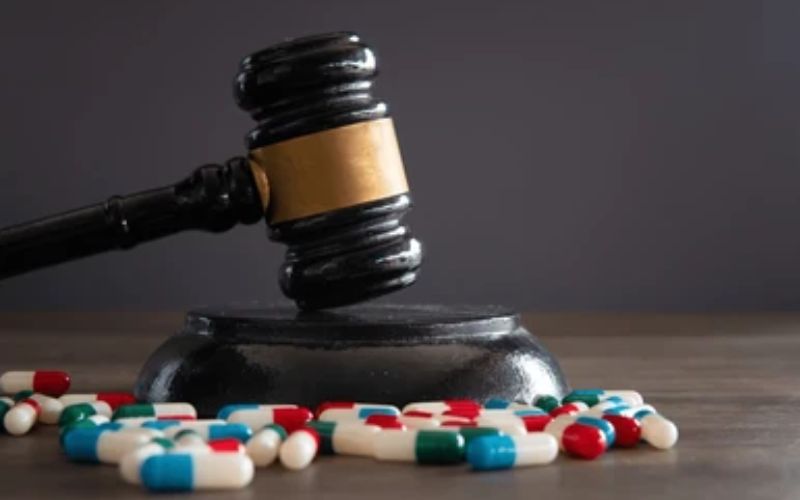
Pharmaceutical Law and Administration
Medicine Laws have been introduced around the world to protect the patient. Many of these were the result of disasters that caused harm to patients.
Two examples of this were the following:
- USA 1937 – Sulphanilamide Tragedy, where over 100 children died when a company sold a syrup of sulphanilamide that included ethylene glycol in its formulation. This gave birth to legislation in the USA requiring that all medicines be approved by the government.
- EUROPE 1959 – Thalidomide Tragedy, which caused fetal abnormalities. This brought about controls throughout Europe, both locally and via European Commission Directives.
The manufacture and sale of medicines are regulated by law because defective medicinal products cause death or serious harm to patients. A medicinal product can have a serious defect, but it is very often not apparent to the patient; e.g., a sterile product that has bacterial contamination.
If a company wishes to market the medicine and/or manufacture the medicine (dosage form), the following are a must:
1) Gain prior approval from the relevant authority that its product is safe, of the correct quality, and that it will be effective when used (INTRINSIC QUALITY).
2) Demonstrate that, when manufactured, it is made under proper conditions, according to approved formulae and methods, and that its quality is assured by consideration of all the variable factors involved in the manufacturing and packing processes. In short, the manufacturer must apply principles of Good Manufacturing Practice to ensure consistent manufacture from batch to batch. Furthermore, each product batch must comply with a written specification to demonstrate that quality parameters have indeed been met. Thus, identity, purity, and potency must be proven by appropriate control procedures throughout manufacture (EXTRINSIC QUALITY).
Control of the Dosage Form Manufacturing Site
In the EU, each site where the dosage form is manufactured is generally subject to formal inspection by authorities. In addition, the EU requires that each site have a formal authorisation that is a Manufacturing Authorisation, which requires a list of names of a Qualified Person (QP).
In the USA, they do not require a Qualified Person (QP) but need appropriate training.
When a medical product is imported into the EU from a “Third Country”, e.g., the USA, the importer where the product enters the EU (within the EU) also has to hold a Manufacturing Authorisation. This importation is regarded as a step in the manufacturing process, and it often involves testing and requires the services of a QP.
Good Manufacturing Practice
Good Manufacturing Practice was first introduced into the USA in the late 1960s and into the EU individual Member States since the 1960s (e.g., the UK in 1971). It is now defined in law in the EU in Directives 2003/94/EC, for Human Medicinal Products, and in Directive 91/412/EC for Veterinary Medicinal Products. In addition to the laws on GMP, the regulatory authorities publish more detailed guidelines. In the EU, this is Eudralex Volume 4. In the USA, the laws on GMP are found in the Code of Federal Regulations (CFRs), which are interpreted via a series of ‘Guidance for Industry’ documents.
Many other countries around the world also have their own GMP laws and guidelines. Consequently, there have been efforts to provide for ‘mutual recognition of GMP and inspection standards between countries. This is most fully developed with the EU, where all Member States work to the same GMP rules and recognise each other’s GMP inspections. The EU has also entered into Mutual Recognition agreements with outside countries, such as Australia, New Zealand, Japan, Switzerland, and Canada. More widely, the most extensive mutual recognition scheme is that of the Pharmaceutical Inspection Cooperation Scheme (PIC/S). The USA is currently applying for membership in the PIC/S.



